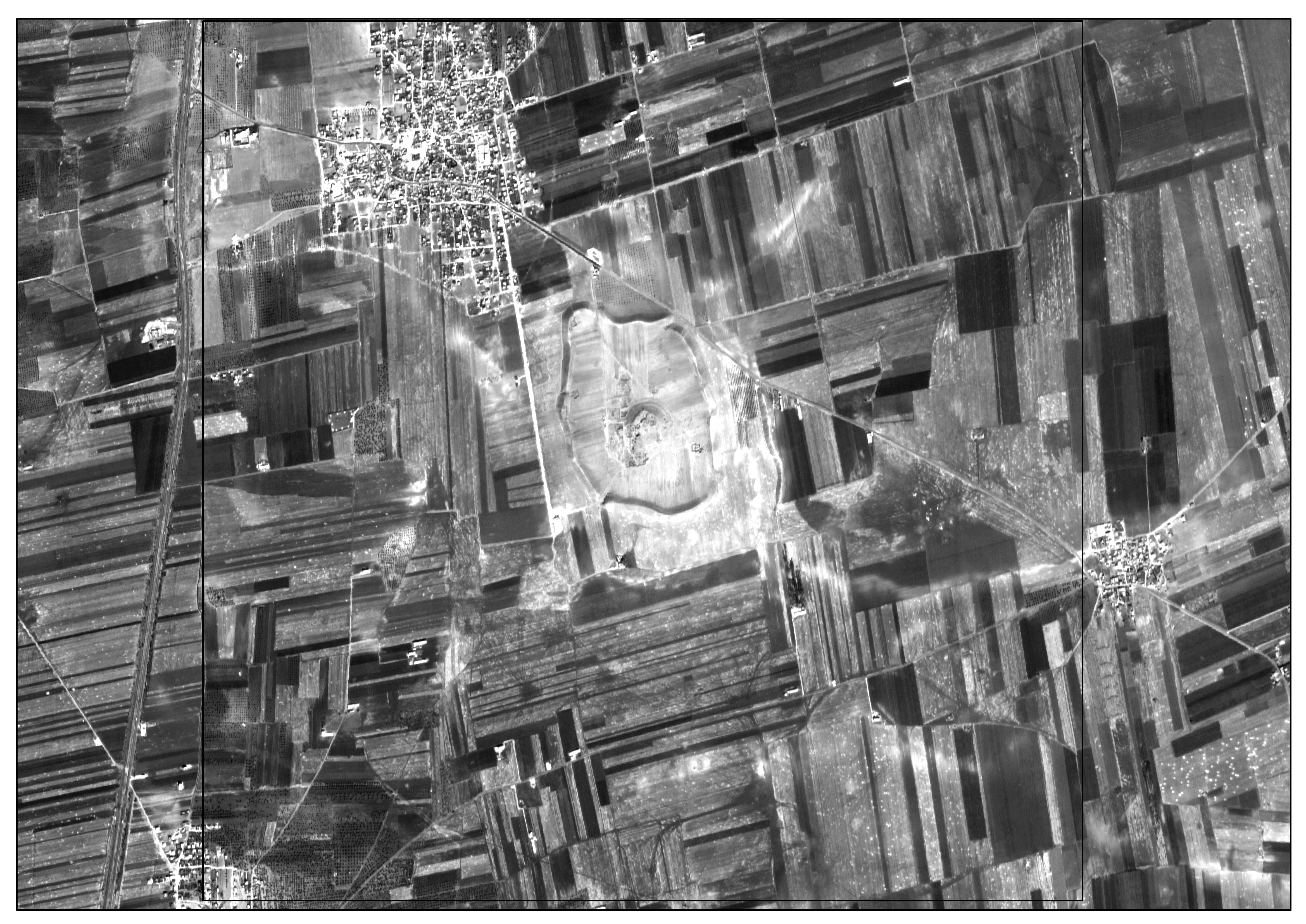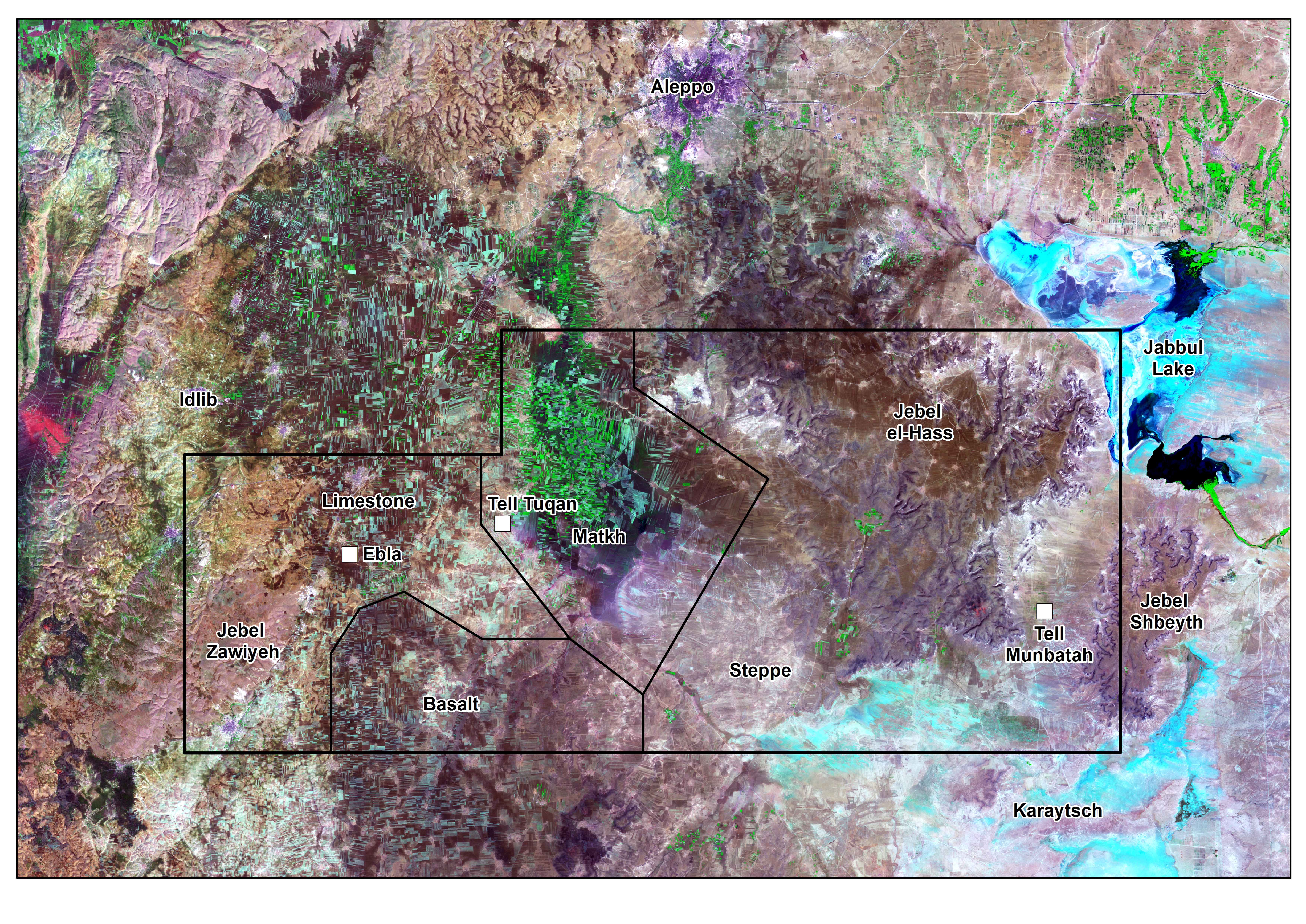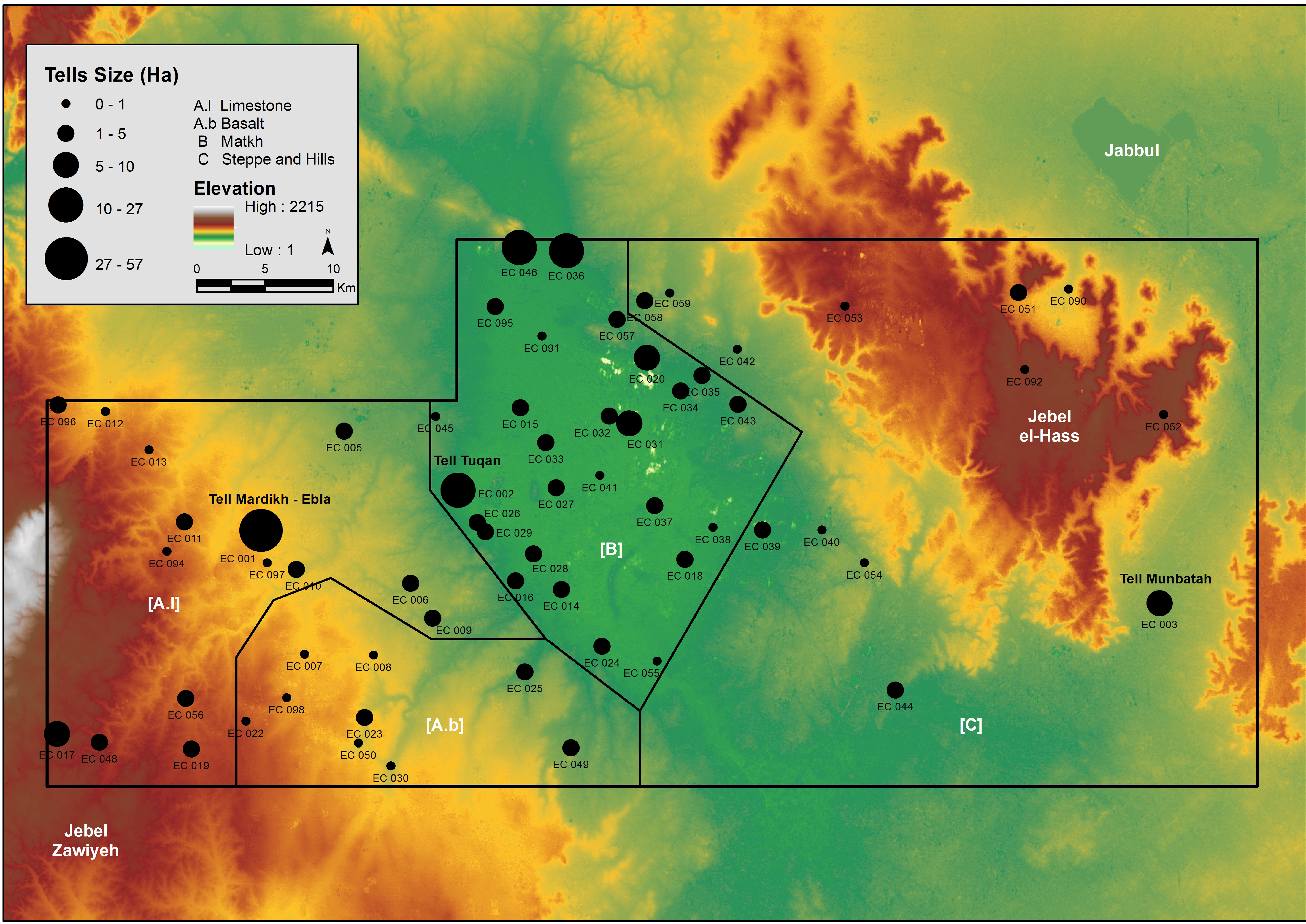Ebla Landscape Studies
The Ebla Landscape Studies – Trends in Settlement Patterns from the Early Bronze to the Iron Age project, coordinated by Agnese Vacca, focuses on the study of the archaeological landscape in the Ebla region through systematic surveys and remote sensing investigations, aiming at the publication of a monographic volume.
The project was awarded a two-year grant (2018–2020) by the Shelby White and Leon Levy Program for Archaeological Publications of the Semitic Museum at Harvard University.
Since the 1960s, surface surveys conducted in the Ebla region by Sapienza University of Rome have laid the groundwork for a detailed territorial study. This work has been recently enhanced through remote sensing, geo-archaeological, and paleo-environmental investigations carried out as part of the Ebla Chora Project (ECP), directed by P. Matthiae, which was funded by an ERC Advanced Grant (2010–2014).
Building upon the results of the ECP, the project has expanded its territorial analysis, focusing on the collection, analysis, and presentation of a substantial dataset, including a large assemblage of surface materials (particularly ceramics) dated between the 3rd and 1st millennia BCE and retrieved from surveys in the Ebla region.
The project aims to reconstruct the formation and evolution of the natural and cultural landscape of the Ebla chora from the Early Bronze Age (3rd millennium BCE) to the Iron Age (1st millennium BCE). It explores key aspects such as the chronology and function of settlements, defensive systems, connectivity, trade networks, infrastructure, economic potential, and land exploitation.
PROJECT’S MEMBERS
Agnese Vacca (Universiy of Milan), Director of the project
Luca Peyronel (University of Milan)
Simone Mantellini (University of Bologna)
Marta D’Andrea (Sapienza University of Rome)
Georges Mouamar (Maison de l’Orient et de la Méditerranée, CNRS, Lyon);
Paolo Rosati (Sapienza University of Rome)




